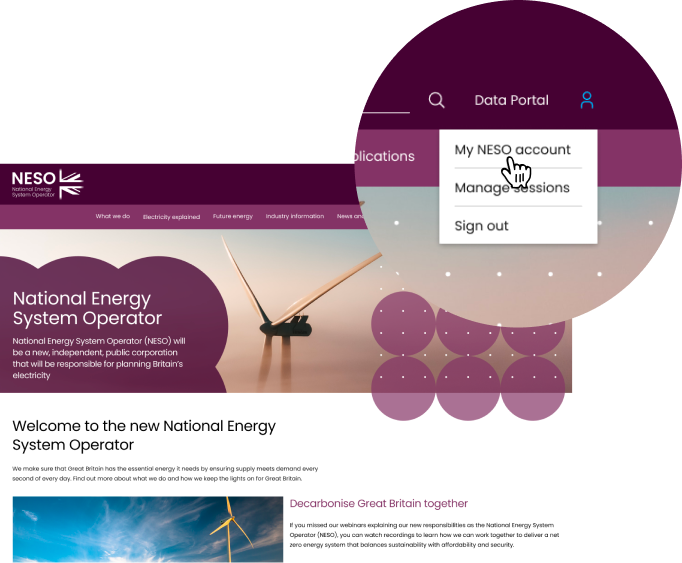Forecasting the risk of congestion
Project summary
The UK power grid is becoming more interconnected and this, together with increased contribution from renewable energy sources, poses some challenges in the anticipation of energy flows.
| Name | Status | Project reference number | Start date | Proposed End date |
|---|---|---|---|---|
| Forecasting the Risk of Congestion | Complete | NIA2_NGESO037 | Apr 2023 | Jul 2024 |
| Strategy theme | Funding mechanism | Technology | Expenditure |
|---|---|---|---|
| Data and digitalisation | NIA_RIIO-2 | Digital Network, Modelling | £300,000 |
The volatility inherent to interconnections and renewable energy increases the uncertainty of physical energy flows, complicating the anticipation of internal congestion in the day-ahead market and resulting in more decisions needed within day by the control room to overcome congestions. This project focuses on the probabilistic forecasting of congestion after the clearing of the day-ahead market, assuming that the day-ahead scheduled flows are known at the forecasting time. By quantifying the possible deviations between the scheduled flows and the physical flows, the project will assess the impact of congestion across the network and predict the probabilistic risk of congestion on specific branches of the power grid.
Benefits
This project will use historic data to quantify the probability spread of different congestion levels and provide operator visibility to support decision making. This data driven analysis will improve the congestion forecast accuracy and transparency within day, enabling control room engineers to better prioritise scenarios, improving anticipation of congestions, and helping to justify decisions. A better optimised system has the potential to lower constraint costs through reduced curtailment and redispatch, while also lowering carbon emissions and improving security of supply. The outcomes of this project will also feed into the Virtual Energy System.
Outcomes
- Supervised learning model to predict interconnector flows
- Generation of scenarios for interconnector flows
- Correlation and filtering of scenarios
- Load flow analysis
- Analysis of results and benefits for probability analysis for congestions, compared to point forecasts - ongoing
- Model update to include uncertainties from key wind generation units
Lessons Learnt
The primary lessons learnt from this project has been around the data requirements. Although there are network models available in the public domain, these have several limitations depending on what the required needs for the model are. For the purposes of this project, they were not representative of the current GB electricity network. A reduced model was generated for the purposes of this project, with commercial and confidential network data removed where feasible. For the remaining confidential data, the relevant Transmission Owner was approached for approval to share the network model with this data remaining. For future projects that may require a similar data set, lessons from this project can be utilised to streamline the data sharing process.
| Name | Published |
|---|---|
| NIA Project Registration and PEA Document | 02 Aug 2023 |
| Annual Progress Report | 30 Jun 2024 |
| Close down report | 19 Aug 2025 |
